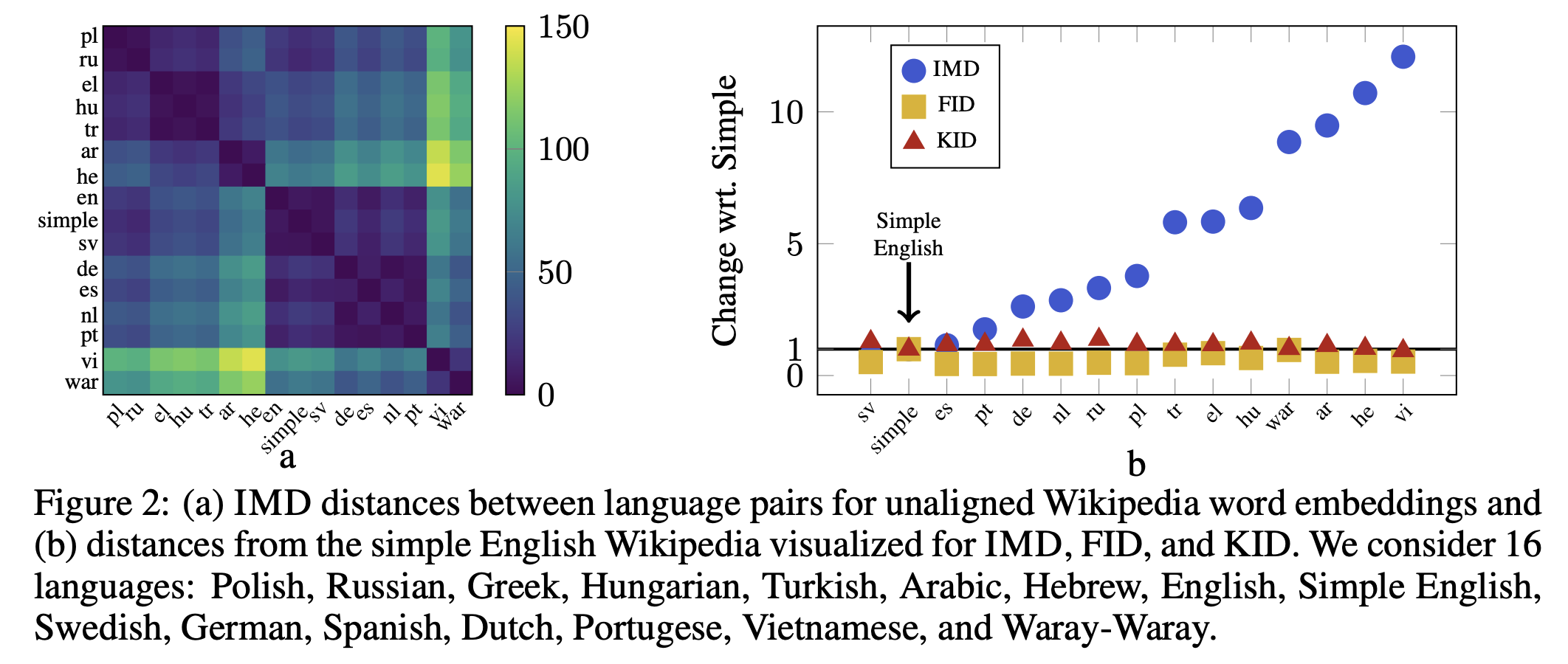#Computing Pade approximant
import numpy as np
import mpmath
%matplotlib inline
from mpmath import pade, taylor, polyval
import matplotlib.pyplot as plt
x = np.linspace(-5, -1, 128)
a = taylor(mpmath.exp, 0, 20) #Taylor series
k1 = 10
k2 = 10
p, q = pade(a, k1, k2) #Pade approximant
#plt.plot(x, polyval(p[::-1], x)/polyval(q[::-1], x) - np.exp(x))
plt.semilogy(x, polyval(a[::-1], x) - np.exp(x))
_ = plt.title('Error of the Pade of order {0:d}/{1:d}'.format(k1, k2) )
